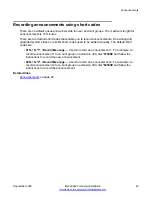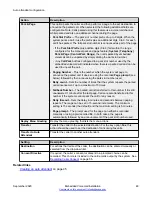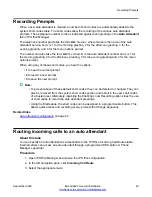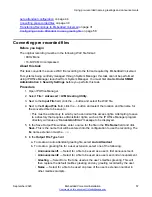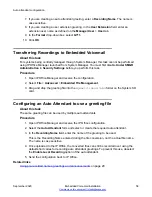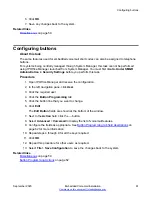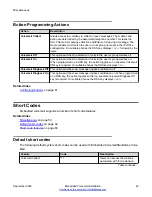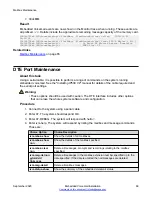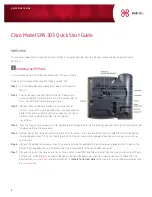
4. If more then 10 matches are found, the caller is prompted to either press
#
to hear the first
10 matches or to dial more characters to reduce the number of matches. If they select to
play the list, after each set of 10 matches they can either make a selection or follow the
prompts for other options.
Related links
Recording Caller Consent
In some scenarios, you may want to prompt the user as to whether they consent to an action or
requirement. It may also be a requirement to keep a record of the caller's consent.
When using embedded voicemail, this can be done using the
Consent Directive
settings of each
auto-attendant action. These cause a consent value to be included in the system's SMDR output
for the call (0 = consent not requested, 2 = consent given, 6 = consent denied). The consent value
is also included in available to the system's DevLink3 CTI output.
Example
The customer has a sales group. If the group is busy, they want to give callers the chance to leave
their address details and have someone get in touch later. However, local laws require them also
log that the caller consented to the company having a record of caller's address information.
1. In the system configuration, they have setup 2 sales groups with the same members:
a. One group is configured with voicemail enabled to answer calls if no agent answers in
a reasonable time. That mailbox prompts the caller to leave their contact information
and an agent will contact them.
b. The other group is configured with voicemail disabled.
2. An auto-attendant has been created for the sales team calls. The menu actions prompt
informs callers “If you are okay with us recording your address and contact details if any
agent cannot answer immediately, press 1 and we will contact you. If otherwise, press 0.
Note however that we may have to drop calls if our agents are all busy.”
Recording Caller Consent
September 2020
Embedded Voicemail Installation
55



